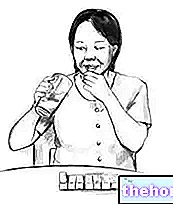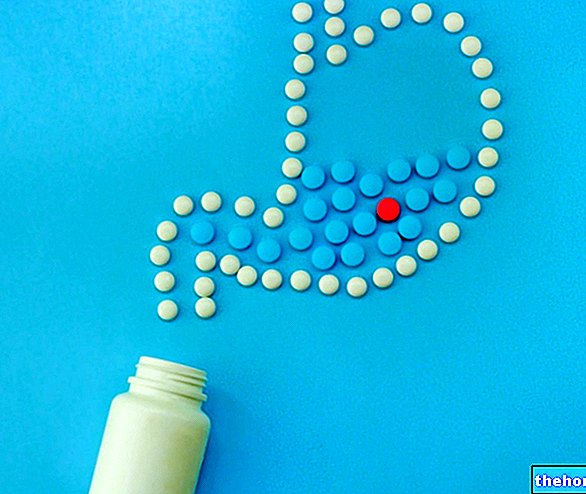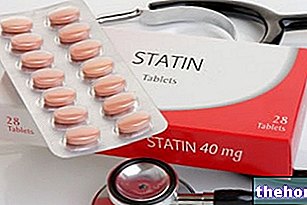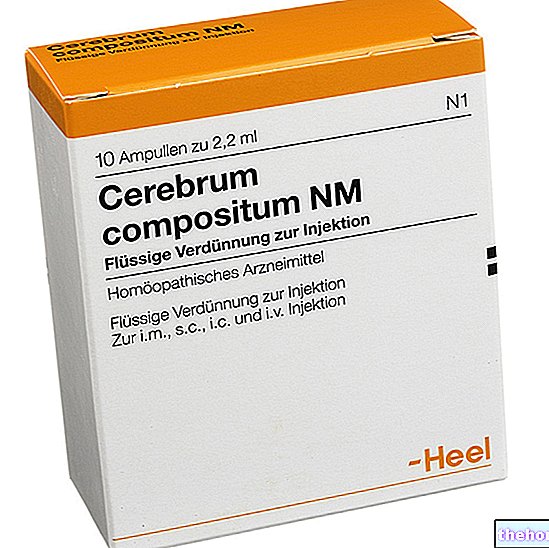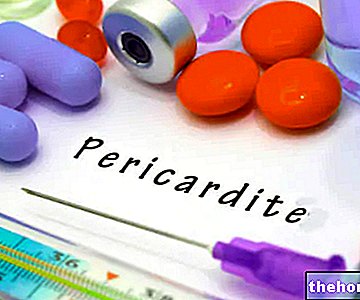Pharmacodynamics studies the mechanisms of action of drugs and the various pharmacological effects on living organisms.
Effect and action of a drug are two terms that need to be clarified.
The effect of the drug is what it produces, however, the action of the drug is the mechanism by which this effect is achieved.
To make it more understandable, an example is given. Antihypertensive drugs have the effect of reducing blood pressure, but they do so with different mechanisms of action. The reduction in blood pressure can for example be achieved by a vasodilation mechanism of the blood vessels or by a reduction in cardiac activity.
EFFECT OF A FARAMCO = what it produces (antihypertensive);
ACTION / S OF A FARAMCO = mechanism / s of action that lead to the effect of the drug, therefore modification of pre-existing functions or biochemical processes in our organism.
Two drugs can both be antihypertensive, therefore produce the same final effect, but have different actions in acting against hypertension (one intervenes on the dilation of the vessels, the other on the reduction of the work of the heart).
All drugs can be classified into two categories NAPPY and SPECIFIC. Nonspecific drugs are all those drugs that go a bit "everywhere in our body and have no particular target. This is the case of a mild antacid, sodium bicarbonate (NaHCO3), which can be taken occasionally to relieve the burning of stomach. Sodium bicarbonate does not have a particular target, which means that once introduced into our body it not only modifies the gastric pH, but also modifies the pH of all areas of our body. All non-specific substances, to have a therapeutic effect, must reach a certain concentration in the area to be treated; this concentration is guaranteed only if the dosages are high, because as these are non-specific substances they tend to be dispersed throughout our body.
Specific drugs are substances that once administered act and recognize a particular target site, which can be outside or inside the cell. Specific drugs have much lower dosages than the previous ones, because they are localized on a particular target The site of action is the point where the drug must carry out its pharmacological effect. The site of action can be a tissue, organ or cell on which the drug acts. This site of action is called the RECEPTOR, which is a protein in the cell that recognizes the drug.
Once the drug taken is bound to the receptor, it carries out its pharmacological activity with effects.
The pharmacological effects produced can be classified into effects:
- LOCAL: such as the anesthetic lidocaine which has an effect only on the point of application.
- SYSTEMIC: as for example the Aspirin® which takes effect only after administration.
- REVERSIBLE: such as bronchodilators, whose effect ceases when the drug no longer interacts with the receptors. As long as the drug interacts with the c "receptors there is bronchodilation, resulting in relief from the asthmatic attack. The effect persists and is reversible as long as the drug is present in the body. The link between drug and site of action can be severed allowing its elimination.
- IRREVERSIBLE: such as organophosphorus esters, used above all in the agricultural field as pesticides, whose effect remains even after the exposure. The effect persists because these molecules bind irreversibly to the site of action, causing a continuous pharmacological effect . In fact, all operators handling these dangerous substances must comply with particular regulations. The substances in question are particularly lipophilic, so even contact with the skin is enough to ensure absorption, causing harmful effects and even leading to the death of the individual. if you do not intervene with the right timing;
- IMMEDIATE: such as Diazepam (benzodiazepine-hypnotic) whose effect is very rapid after even a single exposure. The drugs are absorbed very quickly. An immediate effect is sought for pain relief (analgesics) or sleep (hypnotics);
- DELAYED: such as for example antidepressants, whose effect occurs after a certain period of exposure. Antidepressant drugs, as is well known, do not give immediate effect. The skill of the psychiatrist in finding the optimal cure is also very important. the beneficial effects of these drugs occur on average after about fifteen days.
Other articles on "Pharmacodynamics"
- Therapeutic index, therapeutic margin
- Pharmacodynamics, non-specific drugs

